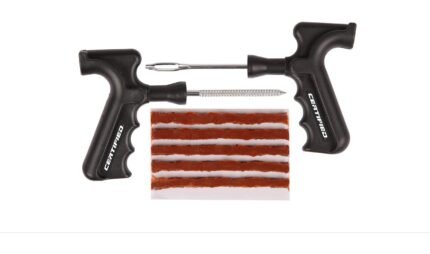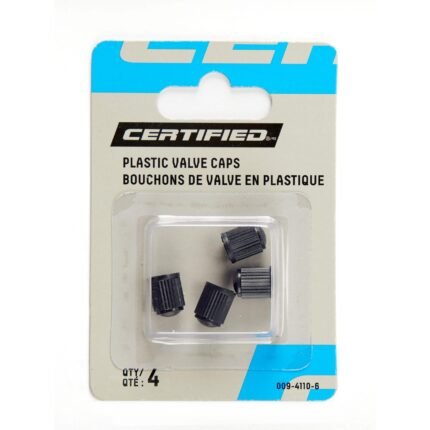Tire & Wheel Repair
Tire & Wheel Repair for Winter Tires: All You Need to Know
As winter approaches, ensuring your winter tires are in optimal condition is essential for safety and performance on icy and snowy roads. Providing tire and wheel repair services is crucial for maintaining your customers’ safety and comfort throughout the winter months. This guide will help you understand the importance of winter tire repair, common issues, and how to effectively communicate this to your customers. Tire & Wheel Repair
Importance of Tire & Wheel Repair
- Safety: Winter tires are designed to perform in low temperatures and provide better traction on snow and ice. Any damage not addressed can compromise their performance, leading to unsafe driving conditions.
- Longevity: Regular inspection and repair extend the life of winter tires. Customers will appreciate services that help them save money in the long term.
- Performance: Well-maintained tires enhance vehicle handling, stability, and braking, which are crucial during winter driving conditions. Tire & Wheel Repair
Common Tire Issues in Winter
- Punctures and Leaks: Sharp objects like ice or road debris can cause punctures. Regular checks can help identify problems early.
- Sidewall Damage: Hitting a curb or a pothole during winter can lead to sidewall damage. This damage can affect the tire’s integrity and should be addressed promptly.
- Worn Tread: The tread depth of winter tires is vital for traction. Tires should have adequate tread depth to handle snowy and icy conditions. If tread wear is significant, repair or replacement may be necessary.
- Cracks and Imperfections: Extreme temperature fluctuations can cause rubber degradation. Cracks in the tire surface can lead to air loss and eventual tire failure.
- Alloy Wheel Damage: Winter’s harsh conditions can also damage wheels. Roads are often laden with salt, which can corrode untreated alloy wheels. Dents and bends can occur from hitting obstacles hidden beneath snow.
Tire & Wheel Repair
- Puncture Repair: Most punctures can be repaired if they are located in the tread area and the tire has not lost its shape.
- Tread Repair and Replacement: For tires with minor tread wear, options like tire re-treading may be offered. However, significant wear will necessitate a replacement.
- Sidewall Repair: Although sidewall damage is often a sign of needing a new tire, some minor damages can be repaired if handled correctly.
- Alloy Wheel Refurbishment: Services can include straightening bent wheels, repairing curb rash, or treating corrosion to enhance the appearance and longevity of wheels.
- Tire Mounting and Balancing: Ensure that all repairs are completed with proper remounting and balancing of the tire to maintain performance and driveability.
Conclusion
Tire & Wheel Repair is essential for ensuring safety and performance during winter driving. By understanding common tire issues, providing comprehensive repair services, and effectively communicating with customers, you can enhance customer satisfaction, build trust, and promote a safer driving experience. Remember, well-maintained winter tires can make all the difference in navigating winter roads successfully!



















